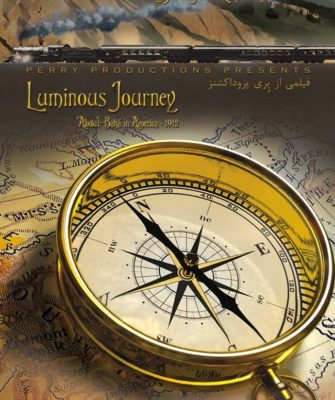



Source: Paris Talks
‘Abdu’l-Baha addressed the Theosophical Society of Paris:
“We may think of science as one wing and religion as the other; a bird needs two wings for flight, one alone would be useless. Any religion that contradicts science or that is opposed to it, is only ignorance—for ignorance is the opposite of knowledge.
Religion which consists only of rites and ceremonies of prejudice is not the truth. Let us earnestly endeavor to be the means of uniting religion and science.
‘Alí, the son-in-law of Muḥammad, said: “That which is in conformity with science is also in conformity with religion.” Whatever the intelligence of man cannot understand, religion ought not to accept. Religion and science walk hand in hand, and any religion contrary to science is not the truth.”
Further explaining this theme in a talk given at 4 Avenue de Camoens, He explained:
“There is no contradiction between true religion and science. When a religion is opposed to science it becomes mere superstition: that which is contrary to knowledge is ignorance.”
“The Unity of God is logical, and this idea is not antagonistic to the conclusions arrived at by scientific study.
All religions teach that we must do good, that we must be generous, sincere, truthful, law-abiding, and faithful; all this is reasonable, and logically the only way in which humanity can progress.”
All religious laws conform to reason, and are suited to the people for whom they are framed, and for the age in which they are to be obeyed.
Religion has two main parts: (1) The Spiritual. (2) The Practical.
The spiritual part never changes. All the Manifestations of God and His Prophets have taught the same truths and given the same spiritual law. They all teach the one code of morality. There is no division in the truth. The Sun has sent forth many rays to illumine human intelligence, the light is always the same.
The practical part of religion deals with exterior forms and ceremonies, and with modes of punishment for certain offences. This is the material side of the law, and guides the customs and manners of the people.”


![]()
![]()
Whether you are exploring the Bahá'í Faith or looking to become an active member, there are various ways you can connect with our community.
Please ensure that all the Required Fields* are completed before submitting.